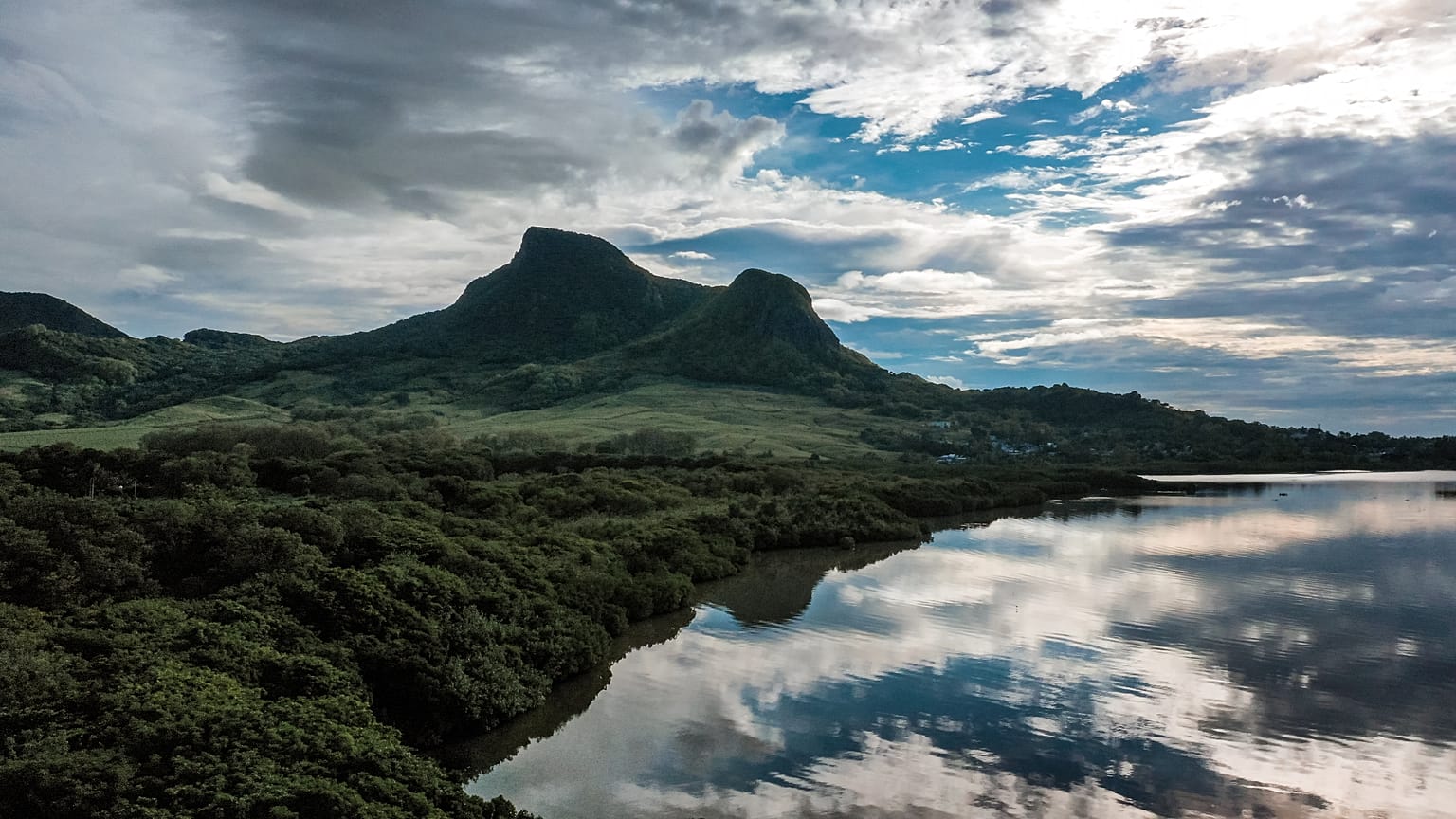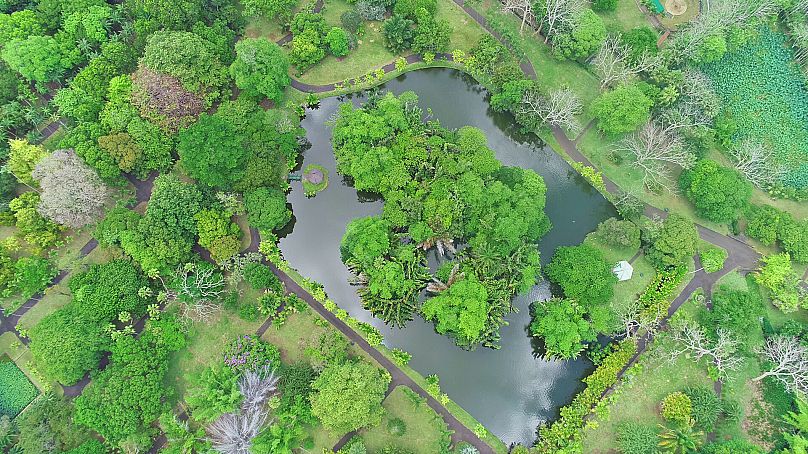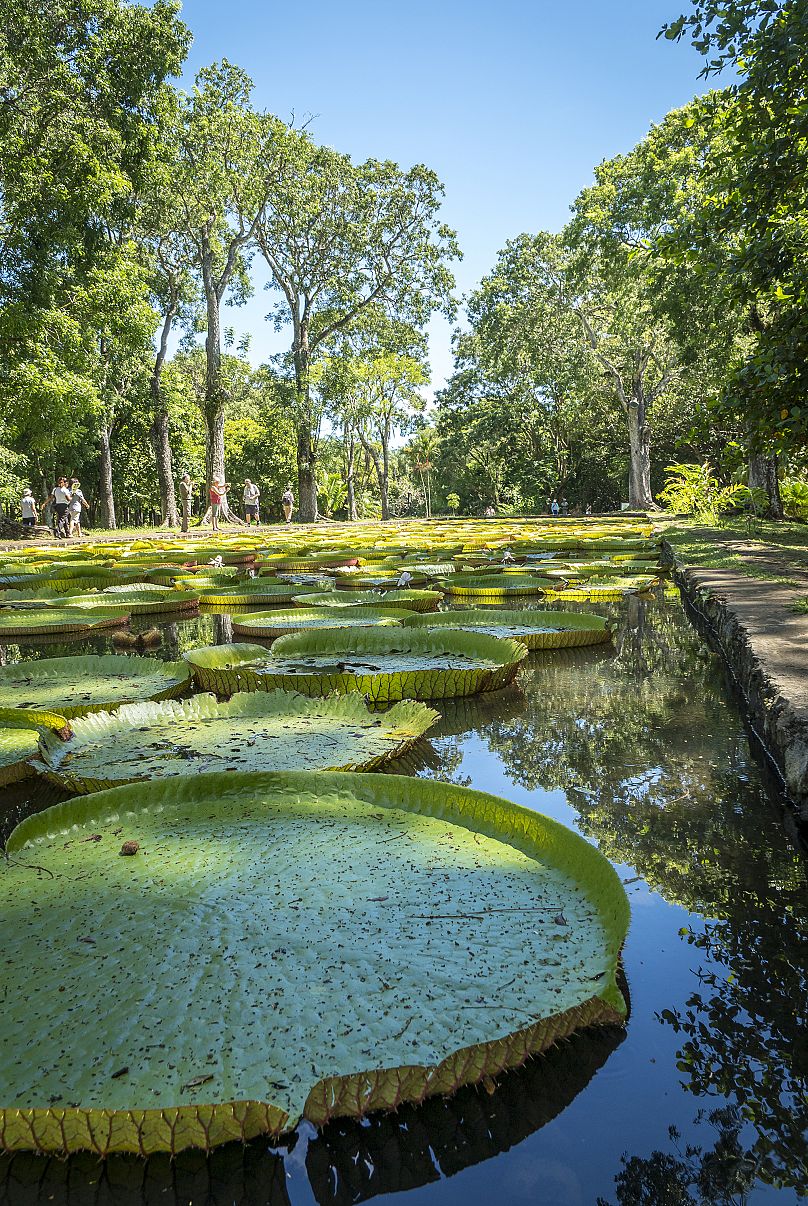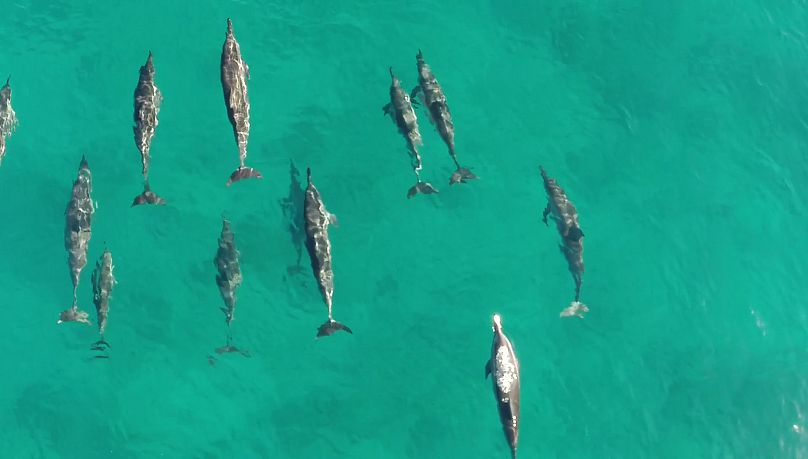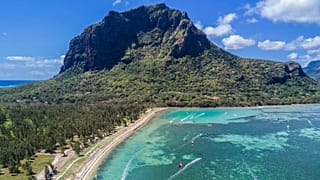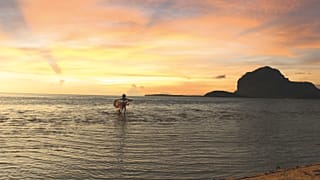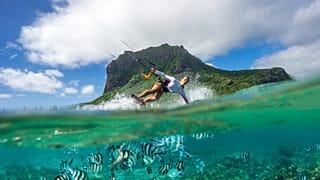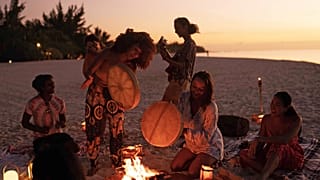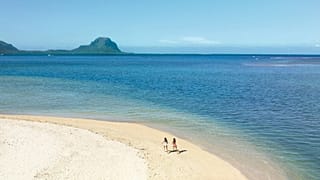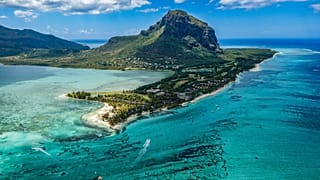Turquoise lagoons, volcanic craters, humid swathes of subtropical rainforest alive with the chatter of birds – Mauritius has a variety of landscapes the envy of countries several times its size.
Home to more than 100 species of birds and more than 400 marine species, the country is also known for its population of rusa deer, mongooses, fruit bats and macaques, along with myriad smaller mammals and reptiles.
Mauritius’ most famous resident was, of course, the dodo, driven to extinction in the 17th-century after the introduction of wild pigs and monkeys, which would steal its eggs. Perhaps conscious of this salutary lesson, Mauritius has since become a world leader in nature conservation, gradually ridding the islands of non-native and harmful species, and protecting endemic flora and fauna.
Nature reserves and sanctuaries
Instrumental in this is the Mauritian Wildlife Foundation, an NGO dedicated to restoring the forests and ecosystems, which has brought the Mauritius kestrel, the pink pigeon and the echo parakeet back to the skies after the threat of extinction.
All three can now be seen in the Black River Gorges National Park, a vast expanse of forest that has been a protected area since 1994. Hiking trails crisscross the park, which visitors can explore on their own, or with an accredited guide.
The country’s conservation successes owe much to the network of national parks and nature reserves that dot the island. Thanks to the changeable terrain and microclimates, each park has its own unique character, and while Black River Gorges is the largest and most spectacular, it’s worth exploring some of the others.
The Île aux Aigrettes is a small island nature reserve of coastal forest run by the Mauritian Wildlife Foundation. After taking a boat from Pointe Jérome, you’ll be shown around by guides, who are fonts of information about local flora and fauna and will take you through the last remaining section of the ebony forest that used to cloak the island.
Pink pigeons are now commonly spotted, and you may also see the colourful Mauritian fody, the Mauritius olive white-eye, and the Mascarene paradise flycatcher.
To see the Mauritius kestrel, you’ll do better at the Vallée de Ferney reserve on the main island, where you might also spot the echo parakeet. Visitors are not permitted on land at the Coin de Mire island nature reserve, but on a boat trip around its waters, you might see magically named marine birds, such as sooty terns, lesser noddies and masked boobies.
For a gentle amble through some of the country’s plantlife, however, head to the Sir Seewoosagur Ramgoolam Botanical Gardens, just outside the town of Pamplemousses. At its heart is a long narrow pond floating with giant water lilies, but it has more than 600 species of plants, making it one of the most extensive botanical gardens in the world.
Messing about in boats
Mauritius’ forests, beaches and lakes are rivalled in diversity by its warm and crystal clear waters, which teem with life. There are ways to explore them aimed at every age and level of ability, from gentle boat rides and snorkelling to deep-sea diving. A gentle climate means that these activities are possible year-round, but easiest in autumn and spring.
Among the marine creatures you might see further out are sharks, marlin, tuna and stingrays, while the reefs attract smaller and brighter fish – parrotfish, clownfish, sergeant majors, angel fish and butterfly fish.
The most popular diving spot is close to the seaside village of Flic en Flac. The underwater water rock formations (including the dramatic structures of ‘La Cathédrale, named for its stone arches and columns) make for an otherworldly experience.
With its shallow bays and shoals of exotic fish, the main island also offers several opportunities for snorkelling, particularly at the beaches of Blue Bay and Balaclava. Many visitors arrive eager to swim alongside a pod of dolphins, which can also be organised, though it’s important to shop around for a reputable company.
These operators have the dolphins’ interests at heart and keep the boats at an unintrusive distance and human interaction at a minimum. Mauritians know that only by keeping their native animals, birds and plants protected, can these islands retain their rightful reputation as a little slice of paradise on earth.

